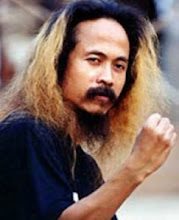The word tattoo is derived from the Tahitian word "tatu", meaning to mark something. Tattoos’ historical significance, dating back to eras BC, was to indicate a person’s skill or position in society. Some superstitious cultures believed that they warded off evils. More commonly today, a tattoo may signify association with a group or subculture in society. Increasingly, tattoos are being used as ‘permanent jewelry’ of sorts. A cosmetic use is something referred to as permanent make-up. Ladies may have eyebrows and other facial highlights permanently applied via tattooing techniques.
The design of the tattooing tool has seen relatively little change since its invention in the late 1800s. Samuel O'Reilly, its creator, patterned the tool after Thomas Edison’s autographic printer, an engraving machine for hard surfaces. A tattoo machine is made up of a few basic parts; a sterilized needle, a system of tubes for drawing the ink through the machine, an electric motor and a foot pedal which controls the up and down movement of the needle.

The physical process of applying a tattoo is accomplished by injecting ink into a person's skin. An electrically powered tattooing tool, with a small needle on the end, moves up and down at a rate of 50 to 3,000 times per minute to puncture the skin. On each puncture, a drop of ink is injected into the dermal layer of the skin. This is about a millimeter below the skin surface.
As you look at a tattoo, you're seeing past the epidermis, or the outer layer of skin, and into the dermis, the second layer. Dermal cells are more stable allowing the tattoo ink to stay in tact, with only minor fading and/or dispersion, throughout a lifetime.

No comments:
Post a Comment